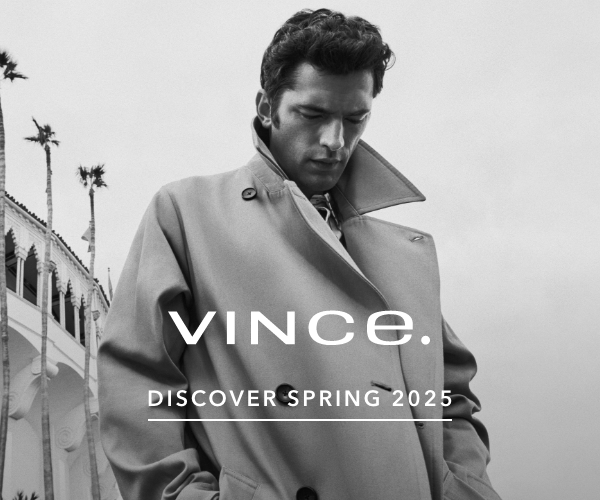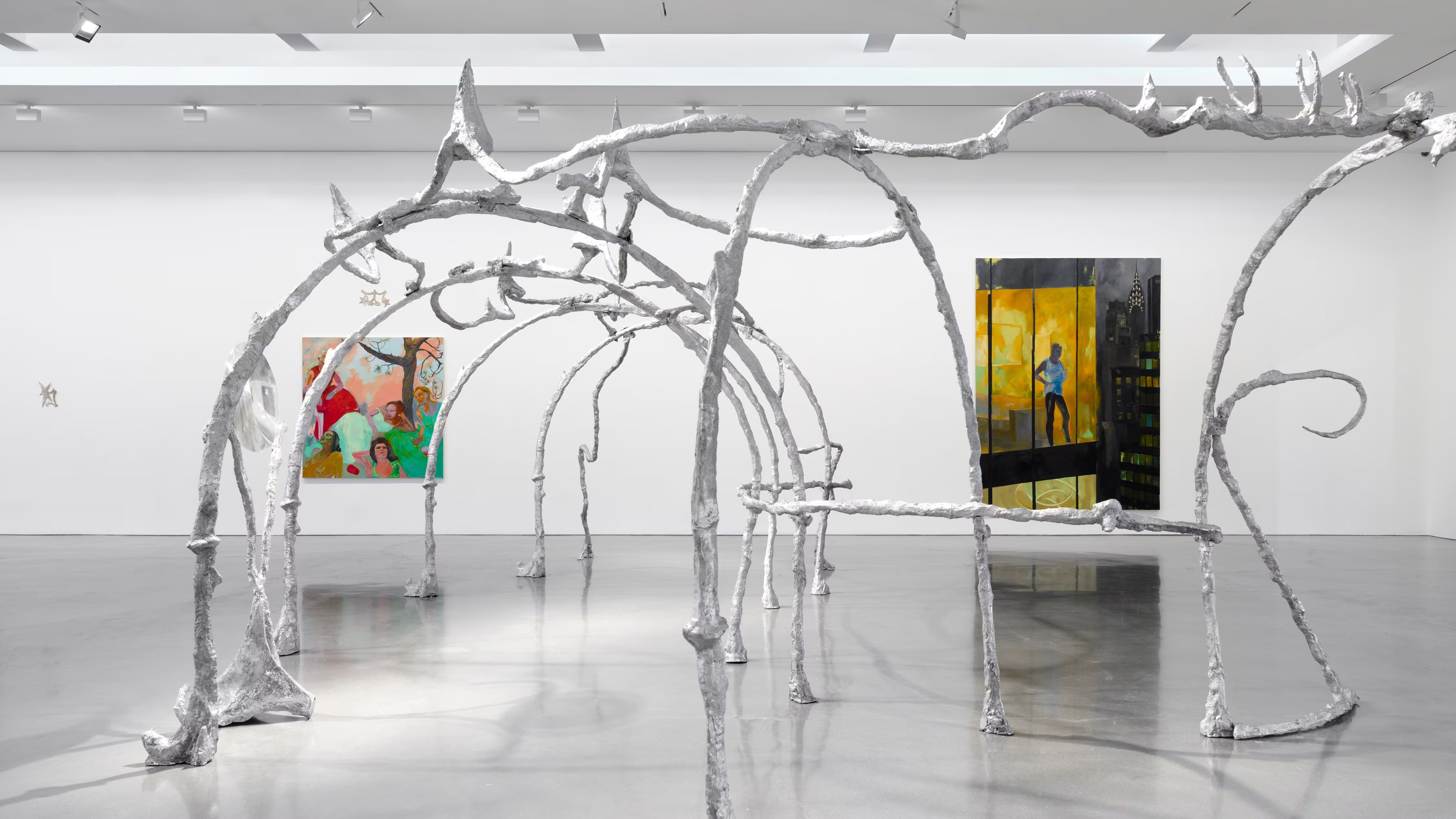
I went to Oslo for the International Library of Fashion Research’s first-ever book fair, Fashion Printed Matter(s). If you know about Elise By Olsen (or follow her online), you’ve likely caught wind of the library, which opened its first permanent physical home in Norway’s National Museum in December 2022. Understanding who Elise is in the fashion publishing ecosystem helps the archive’s prescience make sense. At 13-years-old she launched the youth culture glossy Recens, making her the youngest ever magazine editor-in-chief. Next, from 2018 to 2021, she ran Wallet, a journal of fashion industry commentary. Now the library is something of a third act (she’s only 25). She was described on stage by her collaborators over the course of the weekend as both a “witchy nerd” and a “genius.” The idea of an institution dedicated to preserving, archiving, and mediating fashion printed matter is visionary.

The book fair was coordinated with the closing weekend of an exhibition at the National Museum “Ephemeral Matters,” which mixed several collections of fashion ephemera, including the library’s (which grew out of a seed donation from the late Steven Mark Klein; shipped over from his downtown New York apartment in 2020). The Friday before the fair there was also a symposium inspired by this exhibition with lectures and conversations around archival practice, research, and storytelling (a highlight was Elise in conversation with 10 Corso Como founder Carla Sozzani who got her start editing fashion magazines in Milan in the ‘70s and ‘80s). The exhibition and symposium both took place in the Nasjonalmuseet’s main building while the library is on the second and third floor of an auxiliary building next door. Inside the library there was also an exhibition on view featuring selections from the archive of Ann-Sophie Back, the enfant terrible of Scandinavian fashion. The book fair itself was a showcase of micro presses, indie periodicals, and rare book and ephemera dealers—with its own program of readings, lectures, and musical performances—embedded in a larger conversation of fashion, memory, and criticality the exhibitions and symposium inspired. The target demo was fashion enthusiasts with an equal passion for scholarly rigor and capitalist skepticism. I fit right in.

London-based Molly Maltman (also the founder of the memory-focused publishing project Madly Awake) organized the fair with Elise. There were local Oslo vendors but also folks who came for the weekend from Paris, Barcelona, Milan, and Amsterdam. I traveled the furthest coming from New York, camped out all weekend at a table for The Whitney Review. Table, however, is a euphemism; in fact, I set up my wares on two boxy cardboard cubes Rem Koolhaas designed for Prada’s Spring/Summer 2023 runway show that were donated to the library. My neighboring vendor was Vésma Kontere McQuillan, the leading expert on fashion presentation architecture, and at the fair she was selling her book Fashion Spaces: A Theoretical View. (She is also the architect who designed the Fashion Research Library and gave a presentation about the process during the fair). After 16 hours selling side-by-side, I got to know a lot about Vésme: Originally from Latvia, she worked as an architect in the post-Soviet 1990s. One client of hers lost his fortune by the time his house was completed, so he paid with clothes from his wife’s Prada collection. “I didn’t even know what Prada was,” Vésme remembers. Now she collects Prada, and when it comes to fashion presentation typologies, the brand is her principal case study.

Elise is something of the library’s ringmaster and poster child, but it’s also very clearly a collective endeavor, with many key contributors, including Else Skålvoll Thorenfeldt, who serves as its head of communications. Else, formerly Maison Margiela’s head of press in the ‘90s and then the founder of a b2b textile company which sold to top houses, had years ago transitioned from fashion to organic farming. During the pandemic, Elise asked her for coffee and they hit it off. Now Else’s role at the library is reconnecting her to the fashion world, but she’s also still simultaneously a part of Norway’s sustainable food community. For example, as the project manager of the food award Matprisen. She sees a lot of parallels between fashion and food. Every day we choose what we wear and we choose what we eat, and how we do so expresses certain values. Further driving the point home, she showed me a picture on her phone of cardboard egg cartons from her former farm with a stamped logo: “See like Margiela!”

After the book fair’s second day wrapped, I went for a sunset beer overlooking the fjords with Elise and some friends,including her boyfriend, Norwegian novelist Morten Langeland. There was an earnest excitement that’s rare in New York, a palpable sense of solidarity the gathering had sparked, which felt a different scale and impact from what I’m used to. As intimate as the fair was, theorist Theodor Barth told Elise every major intellectual in the country had been there. Eager to learn more about the reception, sitting outside in the fading light, she read aloud from a post he’d made: “It was like a mix of the book fair in Frankfurt and the birthdays of my childhood where play was everywhere.”









.avif)








.avif)


_result_result.avif)



.avif)

_result_result.avif)

_result_result.avif)
.avif)

_result_result.avif)


_result_result.avif)


.avif)




.webp)

.avif)















%20(1).avif)
.avif)




.avif)












.avif)


.avif)





















.jpeg)

.avif)

_11%20x%2014%20inches%20(2).jpg)







.avif)

.jpg)

%20(1).jpg)
.avif)
.jpg)

.jpg)
.webp)


.webp)



.webp)


.webp)


.avif)












.avif)
.avif)


.avif)












.avif)



.avif)




















-min_result.avif)









.avif)







3_result.avif)
_result.avif)






_result.avif)




.avif)




.avif)













_result.avif)




%2520(1)_result.avif)
_result.avif)


_result.avif)

_result.avif)
.avif)

.avif)







.avif)

.avif)










.avif)



.avif)


_result_result.avif)
















-min_result.avif)






.avif)
.jpg)
















_result.avif)

.avif)


.avif)







.avif)





.avif)

_result.avif)



.avif)







.avif)









.avif)


.avif)














.avif)




.avif)








.avif)

.avif)

.avif)



.avif)


.avif)




.avif)

.avif)

.avif)
.avif)
%20(1).avif)
.jpg)

%20(1).avif)








.avif)
.avif)

.avif)






.avif)


.avif)
.avif)



.avif)
.avif)


















.avif)
.avif)
